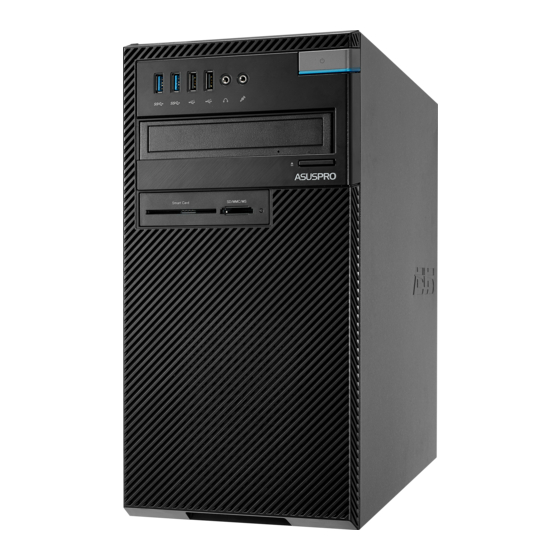
Asus D520MT (BM2CD) User Manual
Hide thumbs
Also See for D520MT (BM2CD):
- Installation manual (2 pages) ,
- User manual (98 pages) ,
- Installation manual (2 pages)















Need help?
Do you have a question about the D520MT (BM2CD) and is the answer not in the manual?
Questions and answers